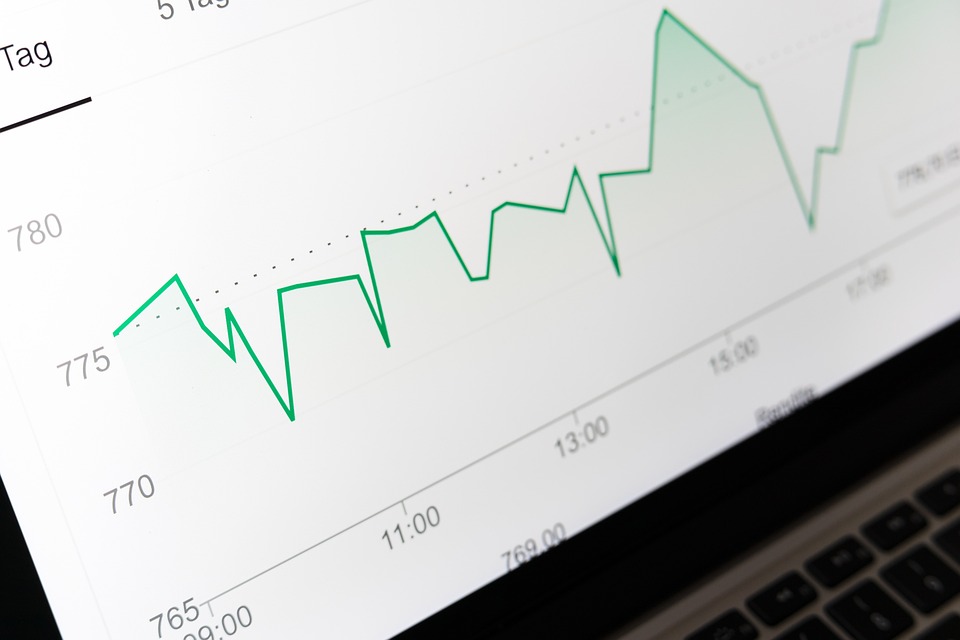Every minute, new topics are becoming popular online. At times you can keep up, but sometimes you can’t. You can follow conversations on any social media platform because so many people are talking about them. But it may not be enough, for it changes every hour, leaving your research obsolete.
It’s funny how just a few miles can change the main subject of discussion. Across Ireland, the last 24 hours’ trends have been the supposed new boyfriend of Billie Eilish, the eruption of the Mauna Loa volcano, and the expected visit of Prince William and Kate Middleton. But 200 miles away, on Great Britain island, the topics were dissimilar. Since Wales and England are playing in the FIFA World Cup, that’s an interesting topic for their people.

Something like that happens also between Argentina and Chile. They are only divided by a mountain range, but they don’t care about the same things. Chilean citizens ‘googled’ about the death of Clarence Gilyard, an American actor, for example. But Argentina got into the Soccer World Cup, so the top three concerns in Argentina have to do with that.
It is tremendously important for businesses. A company that sells mountain hiking clothes in Mendoza, Argentina, could take a great marketing advantage in getting to know that. If they want to plan a customer reach-out strategy, they can think of whether a tribute to Gilyard or a mention of the main sports event.
We have a method to offer you a look into those kinds of problems. Continue reading if you’re interested in learning more about a tool for researching trends.
The Original Tool
Since its launch in 2006, Google Trends has served as a platform for anyone to track global interest in a given subject, term, or business over time. You can use it however you see fit for your means, and it has no cost!
What method does Google use? When we use our devices to browse the Internet, we give them an infinite amount of information. To make it simpler to access, the majority of the information available online is indexed. For a quick comparison, Google normalizes all data. Then, they can divide it by geography, time, popularity, and other factors. Each data “asset” is also able for a further subdivision.

As a result, the Google Trends platform lists the most popular outcomes of global Google searches but based on different regions. Alternatively, it gathers all of the queries from the previous year and divides them into groups according to month, week, or any other period you specify.
Upgraded Devices To Analyse Google Trends
Online tools have undergone even larger updates over the past few years. Application Programming Interfaces (APIs) are modern tools created for data access and analysis. They have grown in popularity because they can solve a variety of issues for businesses. We’ll now list some of the best options for these means:
One option to choose from is the Google Trends API from SerpApi. You can test the endpoint using a live, interactive demo. The benefit of this API is that it works with numerous other search engines. It’s also quick, simple, and comprehensive.

PyTrends has a built-in Google Trends API that enables automated report downloads from the platform. Using a relative scale, you can determine which searches are the most popular or those that have seen the greatest increase in frequency. There are only a few restrictions, like the fact that you can only submit five entries per chart and 20 per day. They do, however, have some recommendations and resources to assist you.
Zyla Labs offers a different API with fewer restrictions. You can ask for various types of information, such as the changes in interest over time and in particular areas or subareas in relation to a given topic. If you want to get more information, you can combine this API with others from the Hub. After using the Google Trends API and pulling the data, you or your team can use it for data visualization or analysis.



